Events & News /
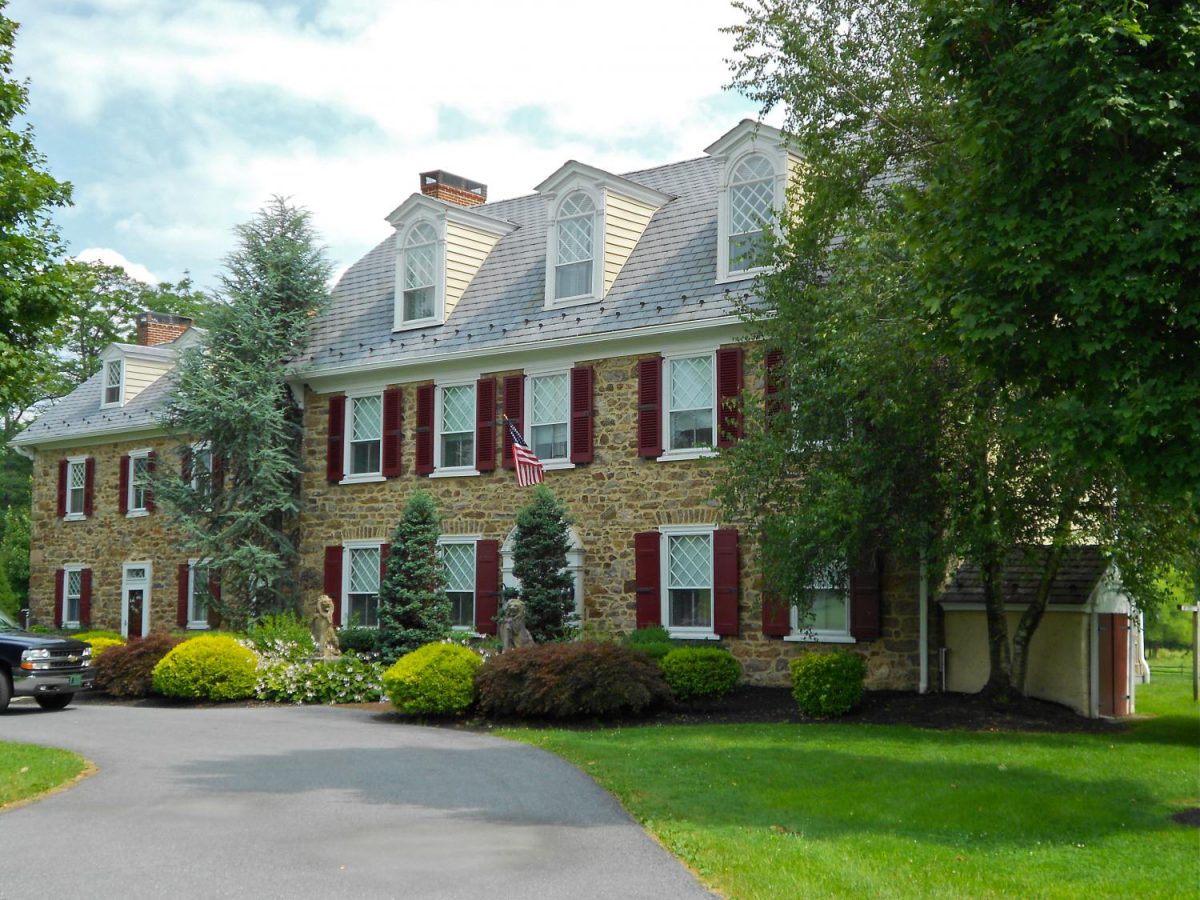
Hidden Treasures: Windsor Forge Mansion
The beautiful mansion house and several outbuildings are all that remains of the colonial iron plantation known as Windsor Forges. Windsor’s two forges were located on the eastern branch of the Conestoga south of Churchtown. In 1732, John Jenkins received a land grant of 400 acres from the Penn Family. In 1742, this was sold…
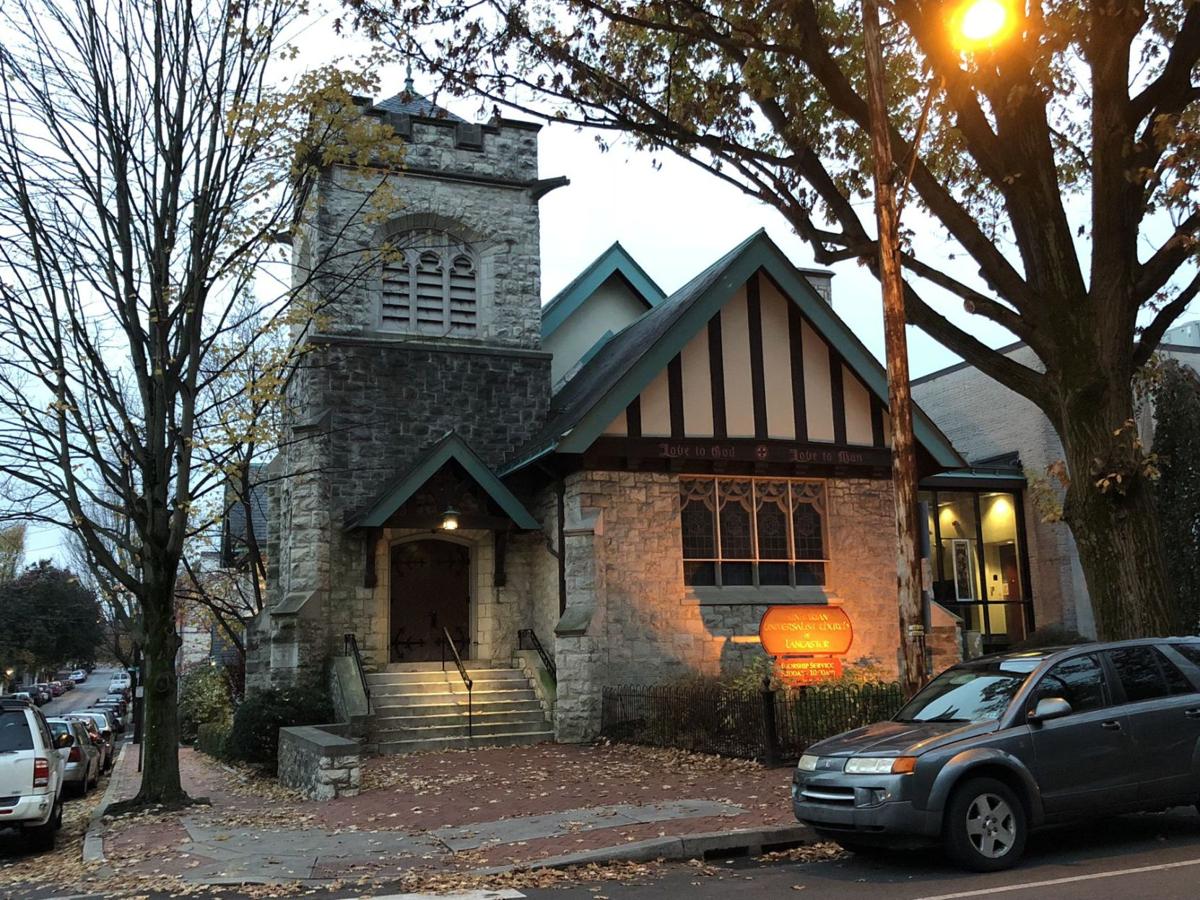
C. Emlen Urban: Unitarian Universalist Church on West Chestnut Street
For more than 45 years, the prolific C. Emlen Urban created many of the historic landmarks that are fundamental to the beloved character of Lancaster City. In this post, we will examine Urban’s 1908 West Chestnut Street church. Unitarian Universalist Church The Unitarian Universalist Church, located at the corner of Chestnut and Pine Streets, is…
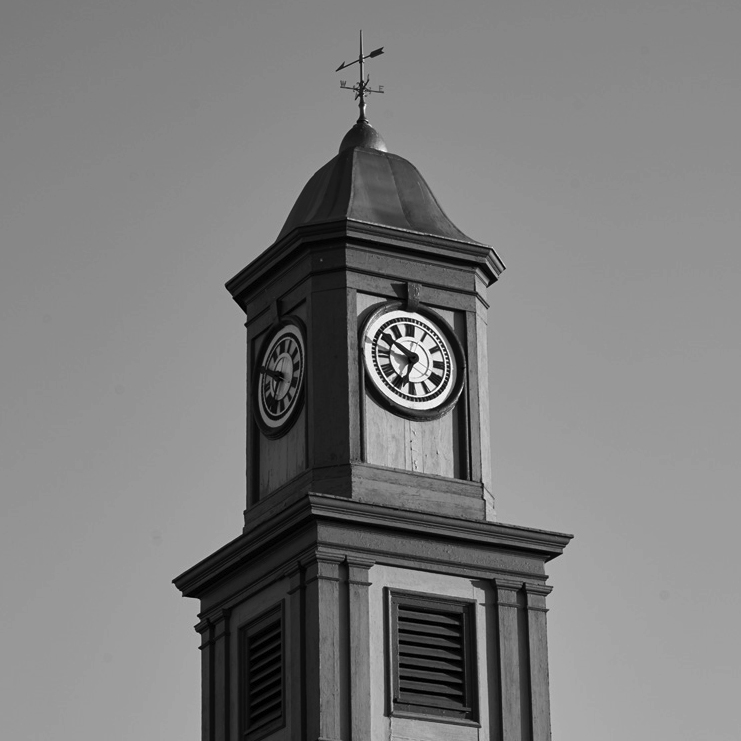
History of Columbia: Columbia Borough Office / Opera House
308 Locust Street 1875 During the latter part of the 19th century, the railroad continued to expand, and the discovery of iron ore deposits led to the beginning of the iron industry in Columbia. By 1887, thirteen blast furnaces were operating within a three-mile radius of the town. Factories producing silk, textiles, stoves, baked goods,…
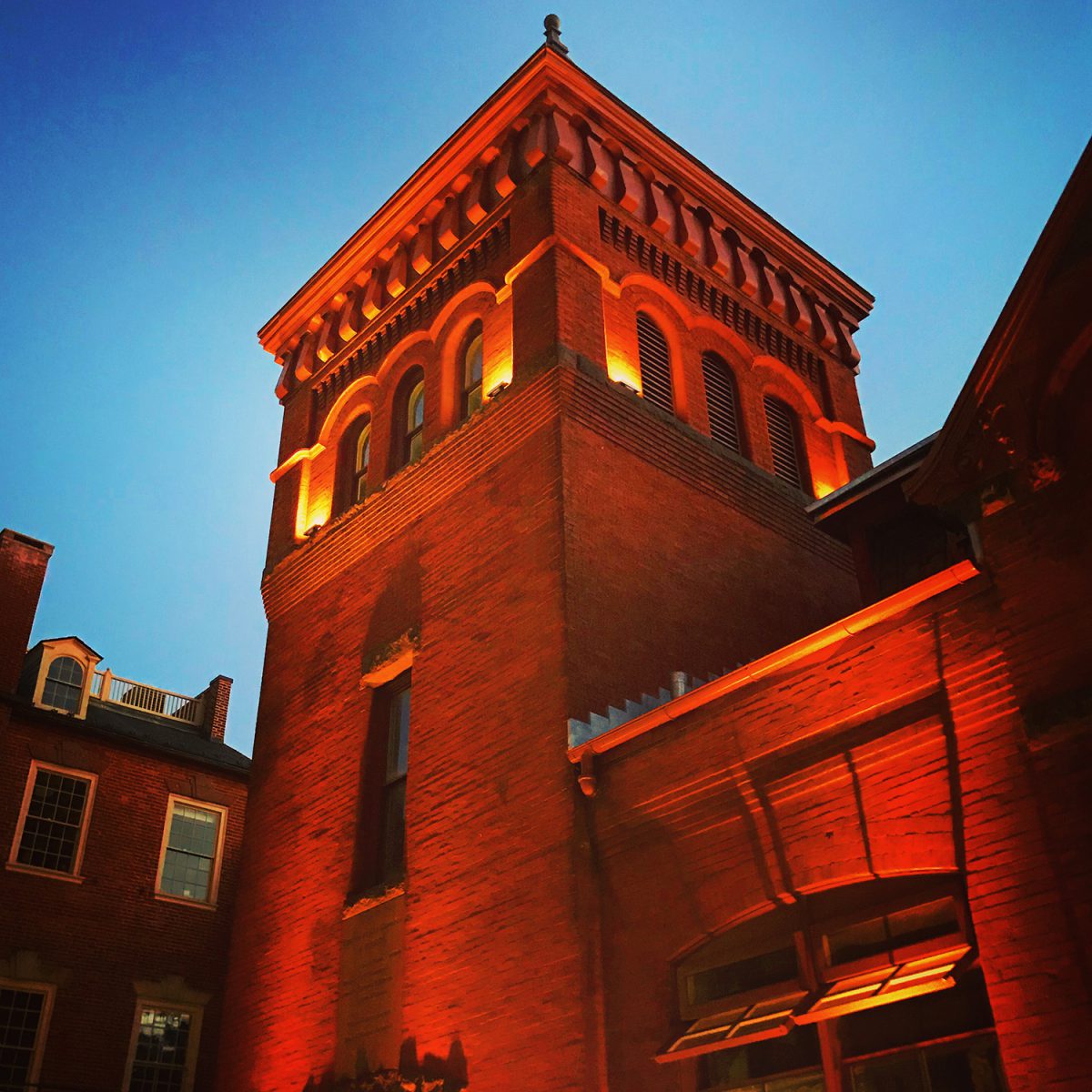
Lancaster Architecture 1719-1927: Victorian Romanesque Revival
Because Lancaster was founded nearly 300 years ago, it is often called a colonial town. However, less than ten percent of the city’s buildings that existed in 1800 now survive. Today, in both city and county, the overall visual character is one of contrast, with the numerous eclectic styles from the long Victorian period, lasting…
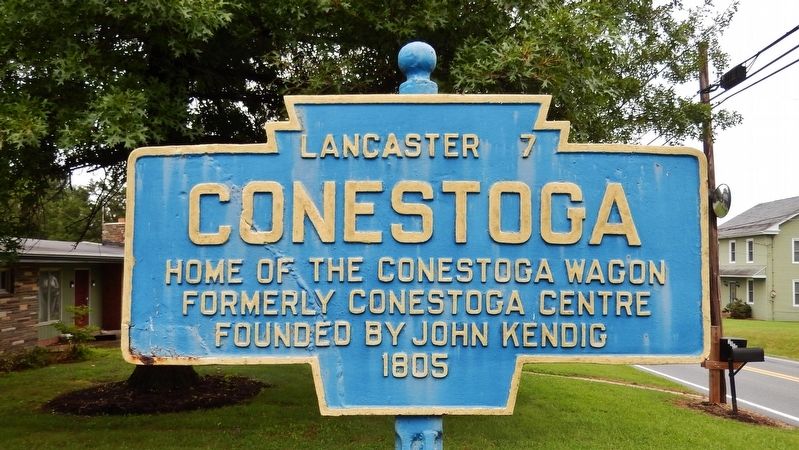
History of Conestoga Township: A rich cultural context that is reflected in its architecture and rural countryside
The Conestoga area retains a rich cultural context that is reflected in the period and style of its architecture and rural countryside. Conestoga Township was named for the Conestoga River, which in turn was named for a noted local tribe of Native Americans. In the earliest days of settlement, the term “Conestoga” was used as…

C. Emlen Urban: John Reynolds Middle School on West Walnut Street
For more than 45 years, the prolific Urban created many of the historic landmarks that are fundamental to the beloved character of Lancaster City. In this post, we will examine Urban’s 1929 West Walnut Street structure. The John Reynolds Middle School, located at 605 West Walnut Street, may be the last complete building C. Emlen…

Lancaster County Architectural Styles: Germanic
Germanic circa 1710 – 1770 The house known as the Herr House was built by Christian Herr in 1719 as a home for his aging parents, Hans and Elizabeth, but also as a Mennonite meetinghouse. The home was erected on a hill, in a style that could be traced back to the Roman occupation of…

History of Columbia: How roads, rivers and rails led to the architectural gem that is Historic Columbia
1726 – Present The history of Columbia Borough can be traced back to pre-historic times when Native Americans occupied the area known today as Columbia. The first European settlers in the area arrived in 1726. The families of three men, John Wright, Robert Barber, and Samuel Blunston, acquired tracts of land and established permanent homes.…
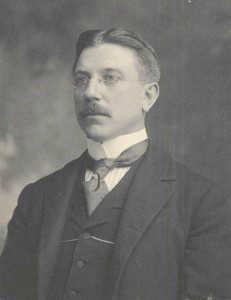
Who was C. Emlen Urban?
For more than 45 years, the prolific Urban created many of the historic landmarks that are fundamental to the beloved character of Lancaster City. This naturally begs the question, who was C. Emlen Urban? Many Lancastrians are unaware of the life-long work of celebrated local architect C. Emlen Urban. His deft eye for design transformed…
- « Previous
- 1
- …
- 8
- 9
- 10





